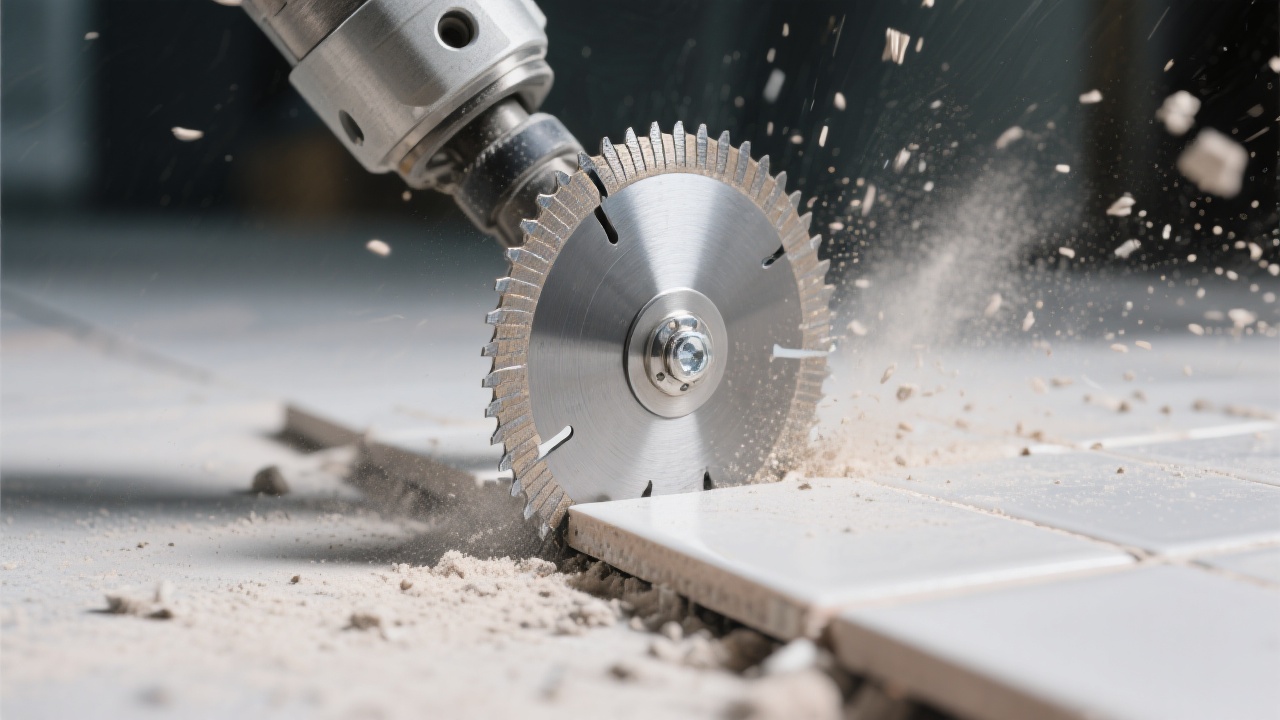
For industrial manufacturers seeking precision, efficiency, and long-term reliability in grinding operations, brazed diamond grinding wheels have emerged as a benchmark solution—especially when engineered with advanced material science. Unlike traditional methods such as electroplating or sintering, brazing offers superior bonding strength between the diamond abrasive grains and the metal matrix, directly impacting performance and safety.
In a typical brazed diamond wheel, a silver-based alloy (e.g., Ag-Cu-Ti) is used to bond ultra-hard diamond particles (~8–15 μm grain size) to a steel or tungsten carbide backing. This process ensures that over 95% of the diamonds remain securely embedded during high-speed cutting—significantly outperforming electroplated wheels, which often lose up to 30% of their active diamonds within the first 10 hours of operation (based on internal testing by Henan Yude Superhard Tools Co., Ltd.).
| Performance Metric | Brazed Wheel | Electroplated Wheel |
|---|---|---|
| Diamond Retention Rate | ≥ 95% | ~70% |
| Average Lifespan (hours) | 80–120 hrs | 40–60 hrs |
| Surface Finish (Ra, μm) | 0.8–1.2 | 2.0–3.5 |
Modern brazed wheels are not just about materials—they’re engineered for real-world conditions. By optimizing the distribution of diamond concentration across the working surface (typically 25–40 carats per square inch), manufacturers reduce heat buildup while maintaining aggressive cutting action. In fact, field tests conducted at a German automotive parts supplier showed a 22% increase in throughput when switching from standard sintered wheels to brazed ones under identical machining parameters.
One of the most critical aspects of any grinding tool is its ability to withstand sudden stress without catastrophic failure. Brazed wheels exhibit higher impact resistance due to uniform thermal expansion coefficients between the diamond layer and the base metal. Independent lab tests confirm they can endure up to 15% more shock load than conventional alternatives before showing signs of delamination—a key factor for operators in high-risk environments like aerospace or medical device manufacturing.

Henan Yude’s “Persistent Wear, Precision Crafted — Global Process Innovation Tour” isn’t just a marketing campaign—it’s a strategic move to build trust through transparency. With live demonstrations at major trade shows in Dubai, Frankfurt, and Shanghai, and virtual workshops hosted via LinkedIn Live and Zoom, the tour allows buyers to see firsthand how the brazing process transforms raw materials into tools that last longer, cut cleaner, and perform safer.
Participants gain access to exclusive case studies, including one from a U.S.-based CNC machine shop that reduced downtime by 38% after adopting brazed wheels for hardened steel grinding tasks—an outcome supported by detailed performance logs shared during the tour.

As industries push toward Industry 4.0 standards, the demand for tools that combine automation compatibility, consistent quality, and minimal maintenance grows. Brazed diamond grinding wheels meet this need—not just today, but as part of a scalable, future-ready production strategy.
If you're looking to improve your grinding accuracy, reduce tool change frequency, and enhance operator confidence, it's time to explore what modern brazing technology can do for your operation.

